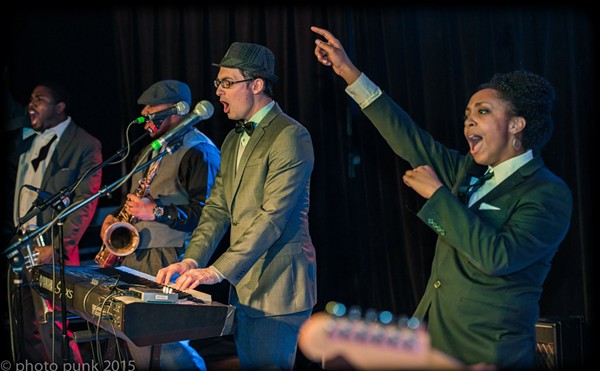With the opening theme statement of Bach's The Art of Fugue, as played by the Keller Quartet, the inner ear is affected, brought to attention. The first of these 20 fugues and canons begins with a stately, isolated voicing, which soon is joined in counterpoint by the remaining three instruments. Bach didn't specify the instrumentation for his last -- unfinished -- masterwork, though many have assumed it to be a manual for keyboard, while some have orchestrated it for chamber ensemble, even full orchestra. Now that the Kellers have made this string quartet reading available, we're able to hear tonal qualities and abstract relationships of sound in a pure state of grace. The Quartet's musicianship and collective "soul" were evidenced by its award-winning 1996 release of György Kurtág's Musik für Streichinstrumente (Music for Stringed Instruments) -- also on ECM. Here, the group's collective "breathing" while submerged deep in Bach's counterpoint brings a new understanding of the Art to light. Bach's prodigious intellect is unmistakable in the quartet format, as each instrument engages symbiotically with the others, yet each line of musical thought is articulated with its own specific vitality. It seems paradoxical to speak of the austere Art as passionate music, but the Kellers interpret each of the many sections of this work with feeling -- giving each variation its own identity, without violating the cohesive pulse of the whole. Not only does this performance benefit from the sonic textures of the stringed instruments, but it also suggests historical connections that don't often come to mind: Here it seems that we can hear the Bach in Beethoven, the Bach in Shostakovich, the Bach in Philip Glass. The Keller Quartet gives a sensuous primacy to Bach's musical architecture, reminding us that he was no mere composer of self-expression. They give us, unmistakably, the Bach of structural inspiration, a harmonic genius whose most unshakable faith was in the inexhaustibility of music itself.
The Art of Fugue
[
{
"name": "GPT - Leaderboard - Inline - Content",
"component": "35519556",
"insertPoint": "5th",
"startingPoint": "3",
"requiredCountToDisplay": "3",
"maxInsertions": 100
}
]





